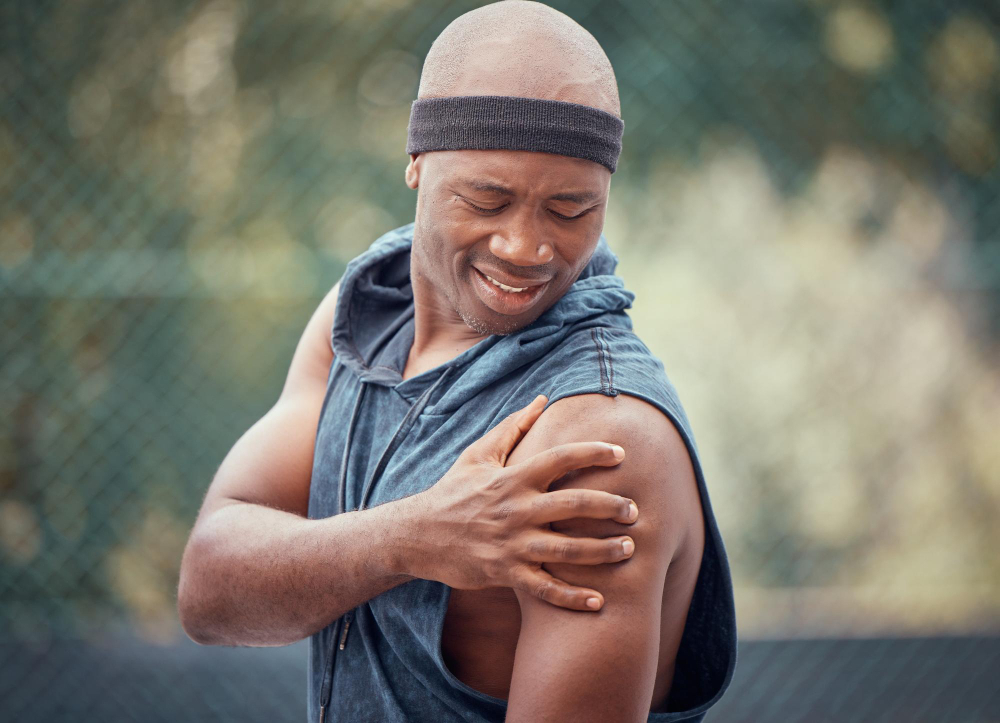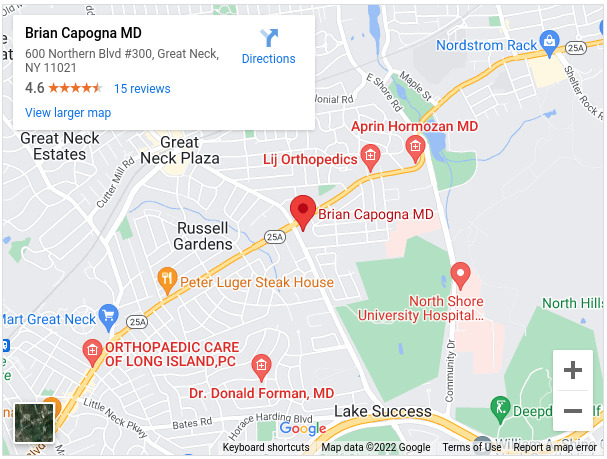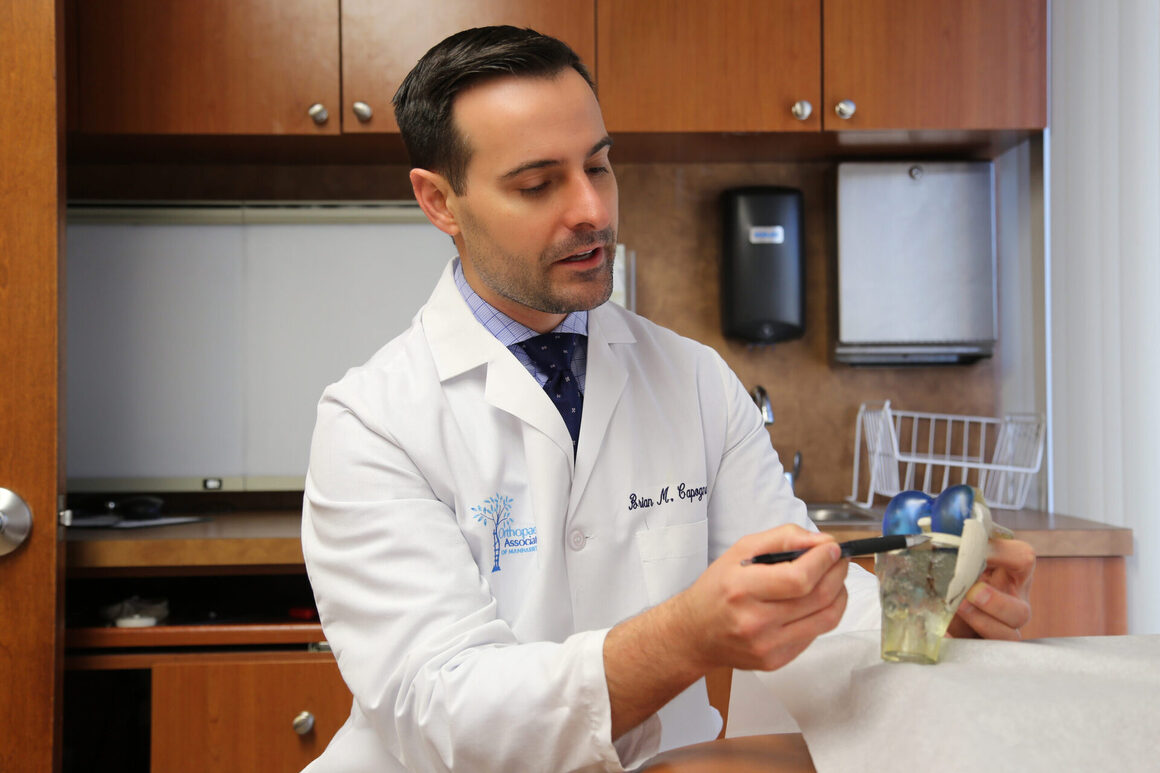Dr. Brain Capogna, orthopedic surgeon shares insights on biceps tendonitis, its main causes, symptoms, and when to visit a specialist. Bicep tendonitis is a common injury in athletes, especially those who play volleyball, baseball, swimming, gymnastics, weight lifting, and other sports that involve using the biceps to throw, swing or perform a pulling motion. The bicep muscle allows people to flex their elbow and rotate their forearm palm upward. There are two bicep tendons – the “short head” attaches to a bone on the shoulder blade called the coracoid. The “long head,” which is the main culprit in biceps tendonitis and tears at the shoulder, runs into the shoulder joint and attaches at the top of the socket. Injury in this tendon can lead to inflammation, micro-tears, and ruptures resulting in chronic pain.

Causes - Bicep tendonitis is usually caused by overuse when working with the arms overhead. It can happen over the course of routine activities such as placing dishes in a high cabinet or over-use in sports activities. Injuries can also happen while improperly lifting a heavy object where the tendon can completely detach from its insertion site and retract down the arm. While one can still use the arm in such situations, they can experience loss of strength and cramping with repetitive activities such as opening a bottle cap.
Symptoms – The severity of the symptoms can be mild or severe depending on the injury. The most common are soreness and pain in the front of the shoulder with overhead use, pain running down biceps muscle, night pain when sleeping on the shoulder, and cramping. Diagnosis at the right time can help in early healing and avoiding major issues. Based on the severity, an orthopedic surgeon will offer various treatment options.
Working alongside a qualified physical therapist can improve the tendon’s mobility, strength, and flexibility, decreasing inflammation and pain. Rotator cuff tears are also common but should not be ignored. The “long head” biceps tendon runs between two rotator cuff tendons: the supraspinatus and subscapularis tendons. These tendons can either degenerate or can be exposed to tears leading to further straining, degeneration, tearing, and resultant pain and dysfunction.
Patients who feel they are experiencing pain or weakness from rotator cuff tears must see an orthopedic surgeon as soon as possible. The surgeon will consider the medical history, conduct an examination and perform X-ray and MRI tests if necessary. After the diagnosis is confirmed, a treatment plan may include rest, icing, physical therapy, anti-inflammatories, corticosteroid injection, and lastly repairing the torn tendons.
Athletes can prevent biceps tendonitis by following simple steps such as: warming up before their activity, stretching, and avoiding overusing these muscles.
To learn more visit https://briancapognamd.com/biceps-tendonitis-causes-and-symptoms/
About Dr. Brian Capogna, MD Orthopaedic Surgery
Dr. Brian Capogna, MD specializes in shoulder, elbow, hip, and knee injuries. Dr. Capogna performs cutting-edge arthroscopic surgery on the shoulder including rotator cuff repair, shoulder labral repair, SLAP repair, and biceps tendon repair among many others.
###
Contact
Dr. Brian Capogna
Address: 600 Northern Blvd. Great Neck NY 11021; 532 New York Ave, Huntington, NY 11743
For Appointments: 516-627-8717
Website: https://briancapognamd.com

newsroom: news.38digitalmarket.com







